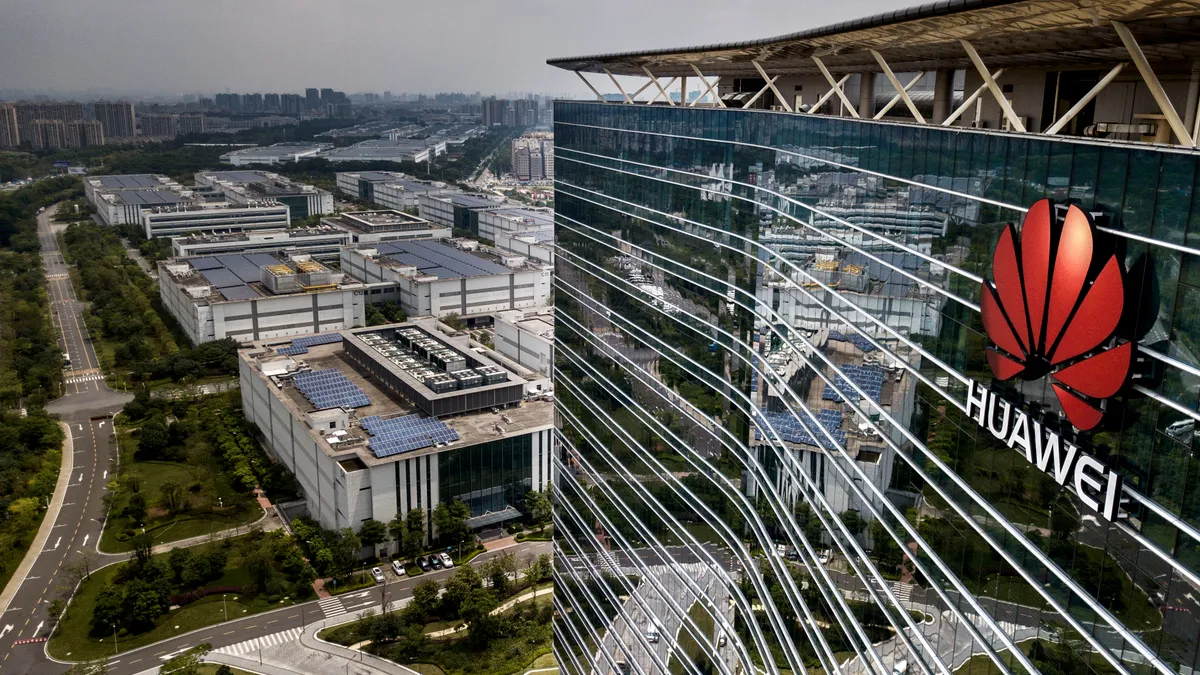Dive Brief:
- The U.S. government is more than $3 billion short on funds required to reimburse telecom network operators for the removal and replacement of hardware made in China in their networks.
- The Federal Communications Commission is readying payment on a massive program mandated in the Secure and Trusted Communications Networks Act that became law in the early weeks of the COVID-19 crisis, which provided the first tranche of funding for the effort.
- The yearslong push to remove Huawei and ZTE equipment from rural, regional and private networks has ballooned in cost to almost $5 billion. FCC Chair Jessica Rosenworcel on Friday informed Congress of the current shortfall.
Dive Insight:
Multiple administrations have claimed hardware and software made in China poses a national security risk.
Huawei, the world’s largest telecom supplier, has been accused of espionage, intellectual property theft and security vulnerabilities in its software. The company denies all wrongdoing and U.S. officials have yet to publicly provide proof to support allegations of espionage.
The U.S. government worries equipment made in China could provide backdoors for the Chinese government to conduct espionage. U.S. authorities also claim laws in China require China-based companies to hand over network data upon request and point to multiple links between Huawei and ZTE with China’s military.
The federal government’s mandate to rip and replace vendor equipment made in China previously jumped from an estimated cost of $700 million in 2019 to $1.9 billion in late 2020. The program has grown in scale and cost since then.
Eligibility rules for potential reimbursement expanded to include networks that serve up to 10 million customers. Meanwhile, Rosenworcel noted, network providers have reported increased costs due to supply chain constraints and inflation.
The FCC earlier this year identified at least 24,000 pieces of Huawei or ZTE equipment spanning 8,400 locations. The agency, at the time, designated 162 eligible applicants for reimbursement under the program, including network operators, enterprises, healthcare providers, libraries and educational institutions.
If Congress doesn’t allocate additional funding, the FCC will follow a prioritization scheme wherein smaller operators get first priority for reimbursement. However, considering the current estimated shortfall, eligible providers could receive just a third of their requested funds and operators serving more than 2 million customers might be stuck with the entire bill.













